The year of the umbellifer: the glorious plant jesters thriving in the summer rain
Perhaps a bit prickly, these plants are loved by bumblebees and make a great splash of colour.


Summer is in full swing after months of heavy rain and grey skies, so it seems exceptionally welcome this year. It’s been warm enough for the fragrance of roses and woodbine (Lonicera periclymenum) to drift across the garden, but the flowers haven’t frazzled in extreme heat as they have in recent times. Rosa ‘Champagne Moment’, a buff white, and the soft-pink ‘Wildeve’ obviously enjoyed the winter wet, for they are better than ever. There must be truth in the old adage that roses love the rain. Perhaps that should be our consolation, if we suffer yet another wet winter — as we surely will.
The real stars are the eryngiums, or sea hollies, with their architectural metallic stems and branching heads of thimble-headed flowers encircled by jagged bracts. I didn’t expect these plant jesters to be this glorious after all that incessant rain. The name sea holly conjures up a sandy beach, not a rain-soaked squelchy border, and every gardening book stresses the importance of good drainage.
The plants haven’t read the gardening books, however, and several clumps of Eryngium x zabelii have 60 or more stems this year, each crowned by at least seven flowers. These emerge green and silver and then turn to shades of lapis lazuli under the summer sun. Gentle summer rain doesn’t dim their enthusiasm, or colour, and they have been glorious for weeks.
There are two named modern selections, although you’d be hard pushed to tell them apart. ‘Blue Waves’, launched by Hillier at the RHS Chelsea Flower Show in 2018, was runner up in the Chelsea Plant of the Year. That’s a difficult feat, because the judging tends to favour woody plants. Sadly, Hillier no longer produces ‘Blue Waves’ and this is the fate of so many new plants — especially where micropropagation is involved. They flood the market and then they disappear just as quickly. Thankfully, Eryngium x zabelii ‘Big Blue’ is widely available and equally as good.
Hermann Zabel (1832–1912), a German botanist and dendrologist, is honoured by this hybrid between Eryngium alpinum and E. bourgatii. However, Zabel isn’t the most important part of the plant name. It’s the small x in the middle that carries weight, because this denotes hybrid vigour. Any plant name containing an x is likely to be an improvement on its parents. In the case of E. zabelii, it has inherited the frosted, crisped-up foliage of E. bourgatii and the superior flower size of E. alpinum.
These Zabel hybrids have a long history and, by 1913, ‘Jewel’, ‘James Ivory’, ‘Violetta’ and ‘Donard Variety’ were all being offered. ‘Violetta’ is still available today and, although it has softer, more-strokable bracts, I struggle to place its amethyst flowers. More recent additions include the golden-leafed ‘Neptune’s Gold’ (which I have tried three times and lost) and the shorter, Dutch-bred ‘Jos Eijking’.
These Zabel hybrids have not been deliberately bred using tweezers and a paintbrush. Crossing them by hand would defeat the capabilities of even the steady hands of micro sculptor Dr Willard Wigan, let alone the humble horticulturist. They have been produced by the bees and other pollinators, because each sea-holly thimble contains hundreds of tiny flowers, each with its own hidden nectary at the base. These pollinator-friendly plants, which attract butterflies, too, also cut and dry well.
Sign up for the Country Life Newsletter
Exquisite houses, the beauty of Nature, and how to get the most from your life, straight to your inbox.
Eryngiums last a long time in the garden and they add a strong presence. The biennial Eryngium giganteum, forever associated rightly or wrongly with Miss Willmott, has silvered flowers and stems that fade to beige. I have too much of the ‘prickly plant’, as my grandchildren call it, despite removing nine out of 10 plants. It has also risen to the heights following the winter rain, but my bumblebees will thank me. They use the curved bracts as overnight roosts.
Sea hollies are members of the cow-parsley family, Umbelliferae, but they lack the radiating stems so the tiny flowers form a dense middle rather than an airy spray. Astrantias are also umbellifers, with a posy of small flowers inside a ruff, and they have also excelled in this, the year of the umbellifer. The dainty pink sprays of Seseli hippomarathrum and the white heads of Selinum wallichianum will be equally impressive this year.
I may have lost all my monardas, lots of thymes and penstemons and I definitely have fewer pallid-yellow flowers from Achillea ‘Moonshine’ and Anthemis ‘E. C. Buxton’, but my sea hollies have made up for it.
Val Bourne is vice president of the Hardy Plant Society
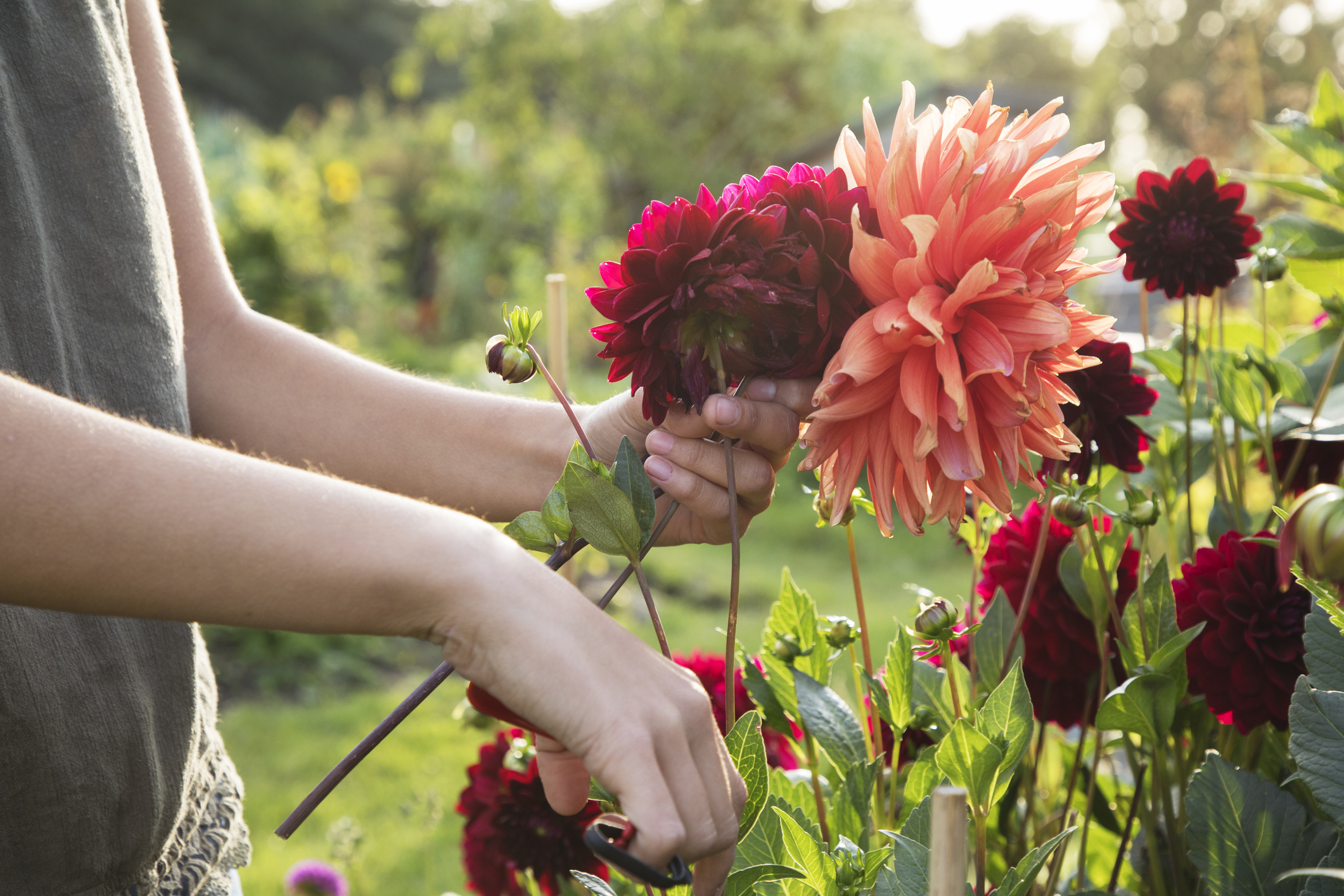
The case of the disappearing dahlias
John Hoyland of the gardens at Glyndebourne on how to plug the gaps of those flowers that didn't make it
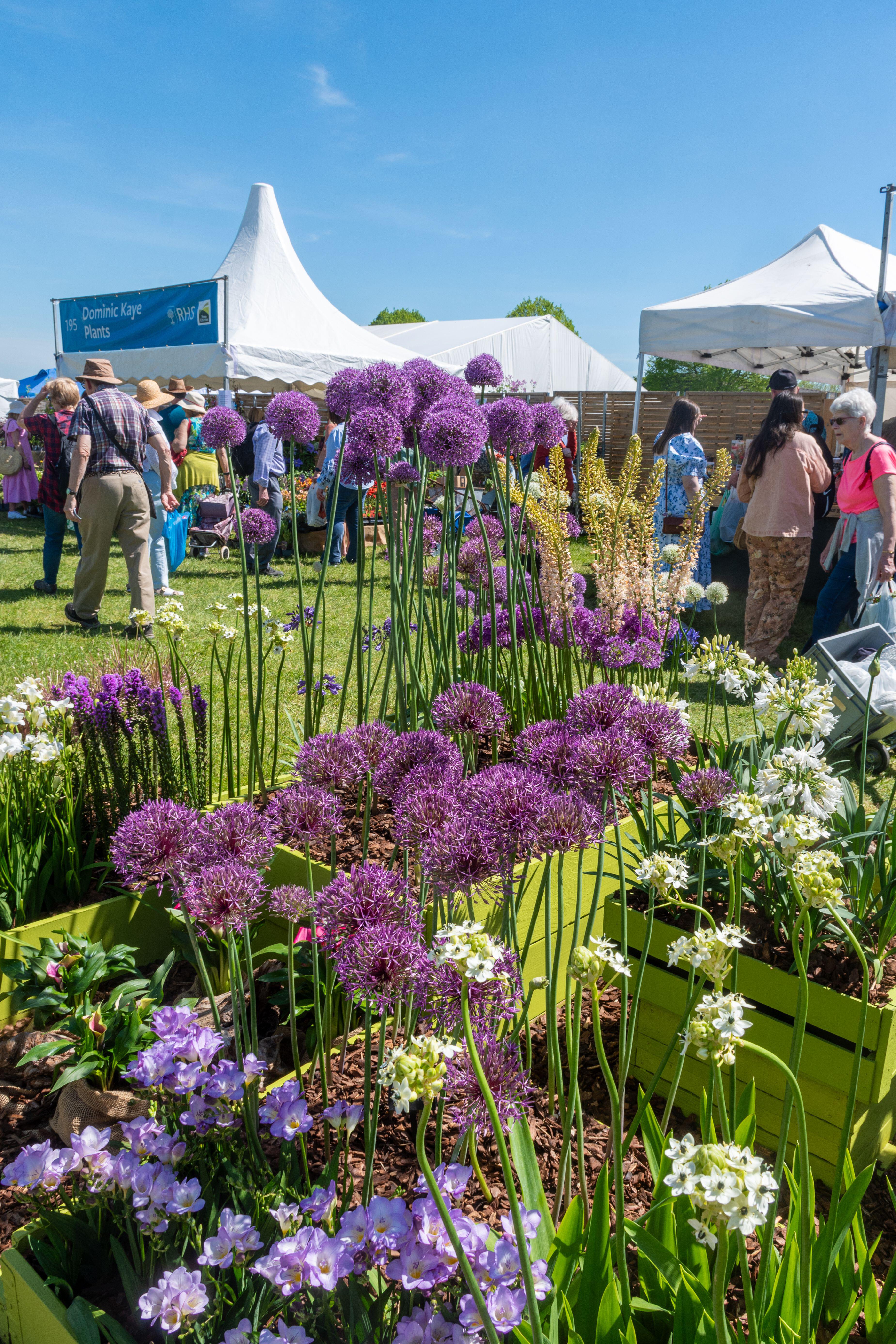
Alan Titchmarsh: The best flower shows in Britain show exactly where RHS Chelsea gets it wrong
The Chelsea Flower Show might be the most famous in the world — but does it offer the best experience for
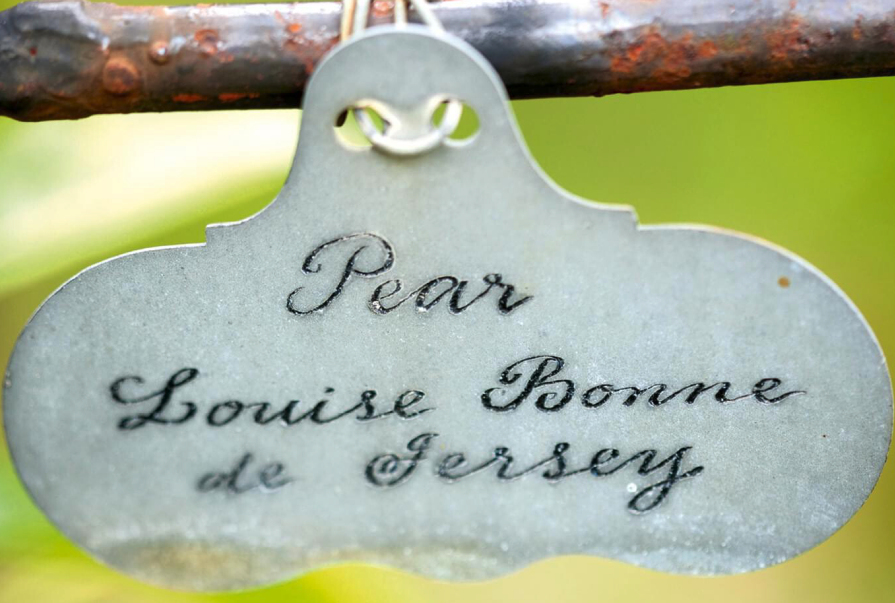
Credit: Clive Nichols
Charles Quest-Ritson: 'Gardens of supreme botanical importance are being degraded by new owners and changing priorities'
What's in a label? More than you might think, says Charles Quest-Ritson.
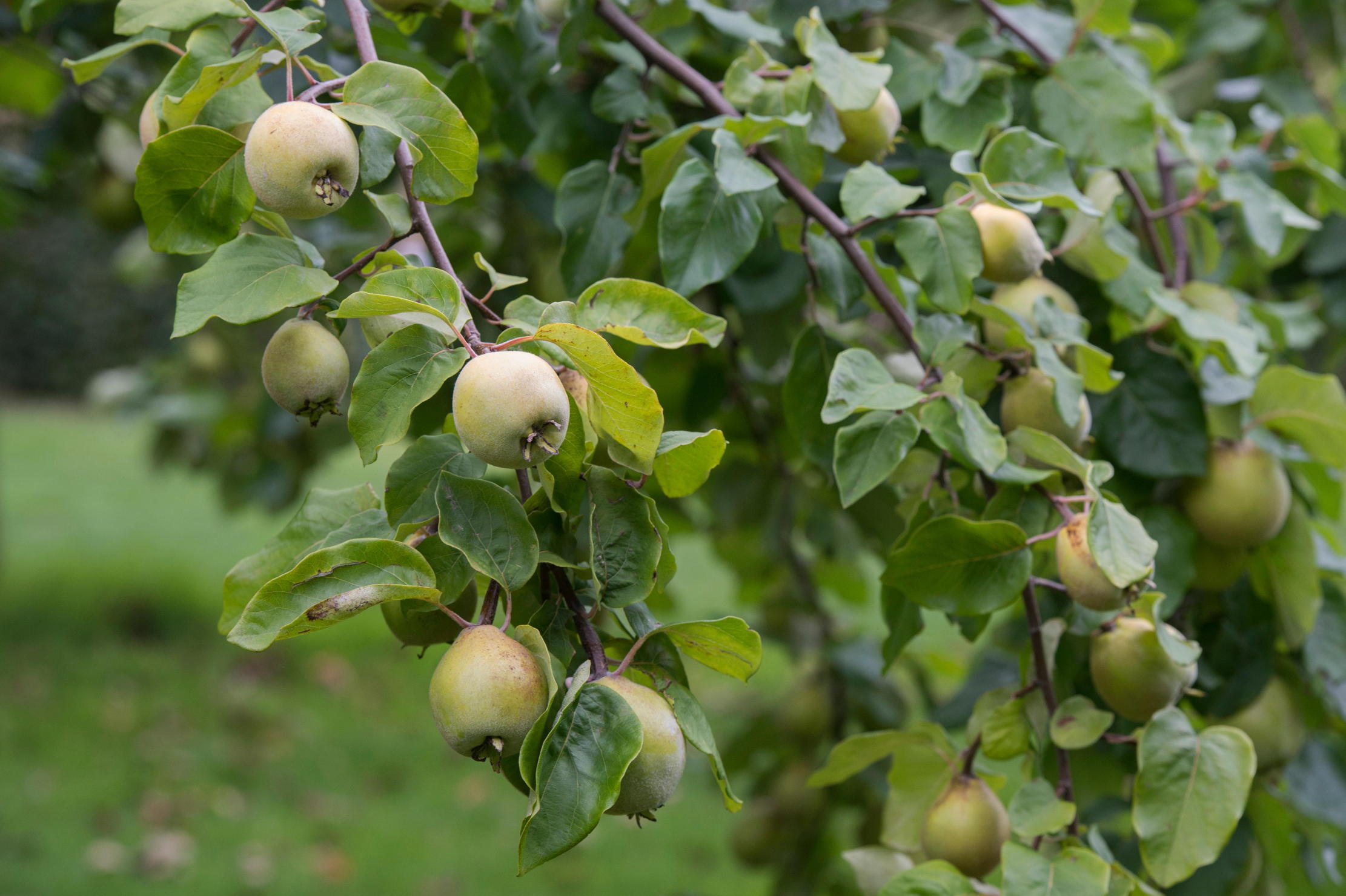
Credit: Tim Gainey/Alamy
The beautiful perfumed fruit that's easy to grow, needs almost no attention, and makes a magnificent Christmas liqueur
Easy to manage and extremely versatile to use, quinces should be a staple in any garden says our grow-your-own expert
-
 'To exist in this world relies on the hands of others': Roger Powell and modern British bookbinding
'To exist in this world relies on the hands of others': Roger Powell and modern British bookbindingAn exhibition on the legendary bookbinder Roger Powell reveals not only his great skill, but serves to reconnect us with the joy, power and importance of real craftsmanship.
By Hussein Kesvani
-
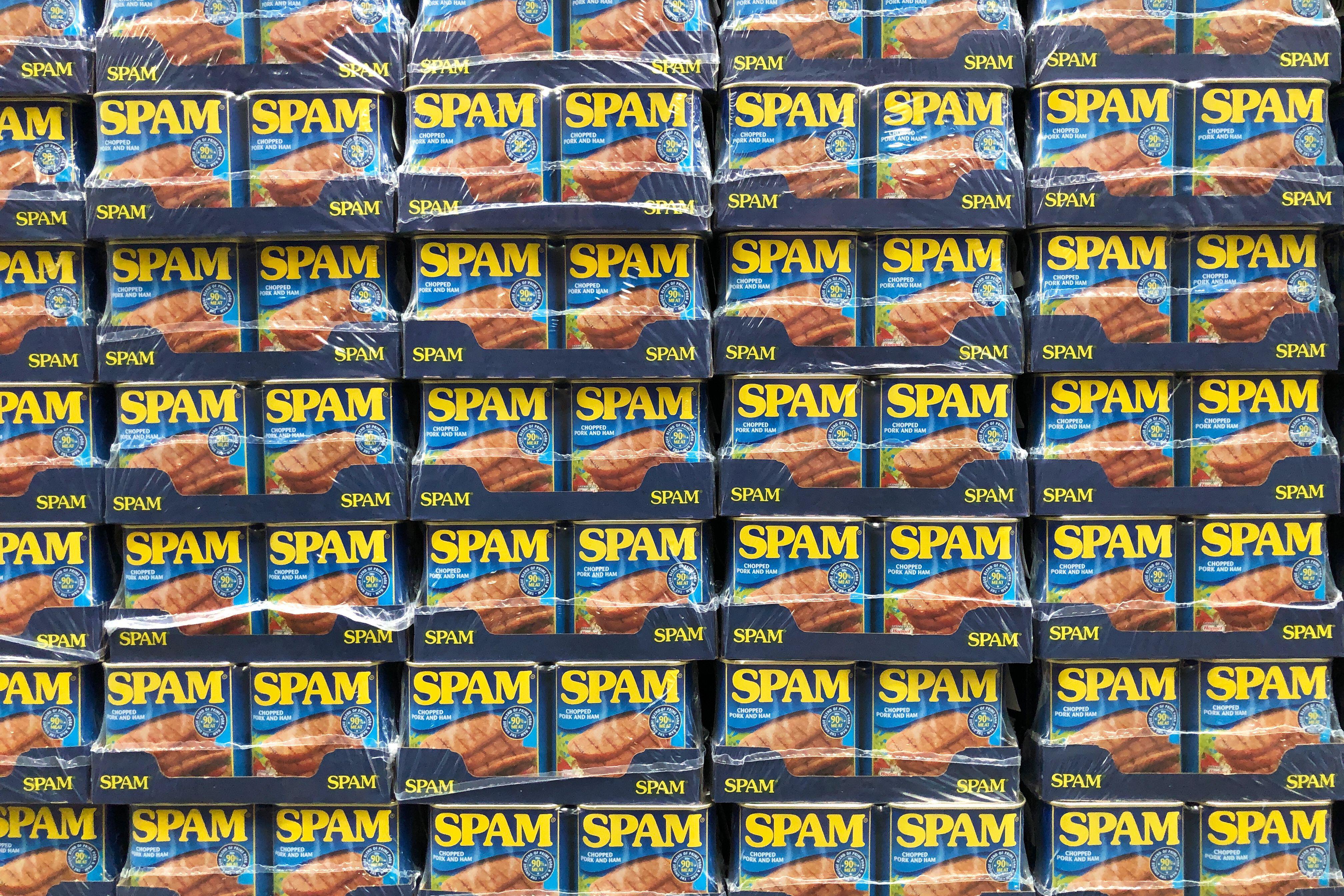 Spam: The tinned meaty treat that brought a taste of the ‘hot-dog life of Hollywood’ to war-weary Britain
Spam: The tinned meaty treat that brought a taste of the ‘hot-dog life of Hollywood’ to war-weary BritainCourtesy of our ‘special relationship’ with the US, Spam was a culinary phenomenon, says Mary Greene. So much so that in 1944, London’s Simpson’s, renowned for its roast beef, was offering creamed Spam casserole instead.
By Country Life